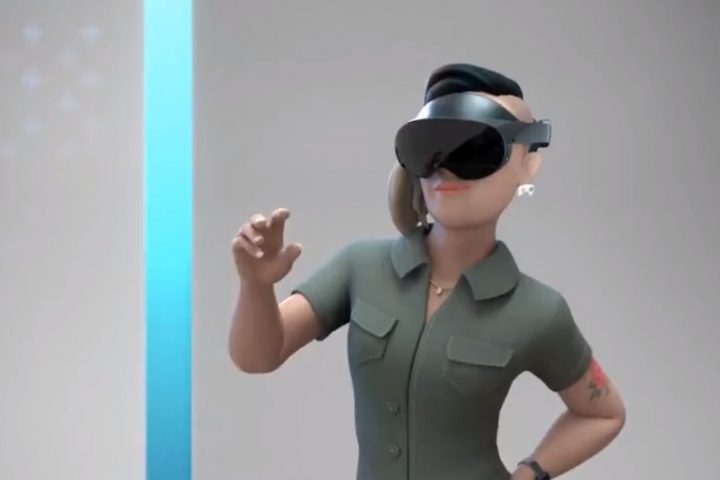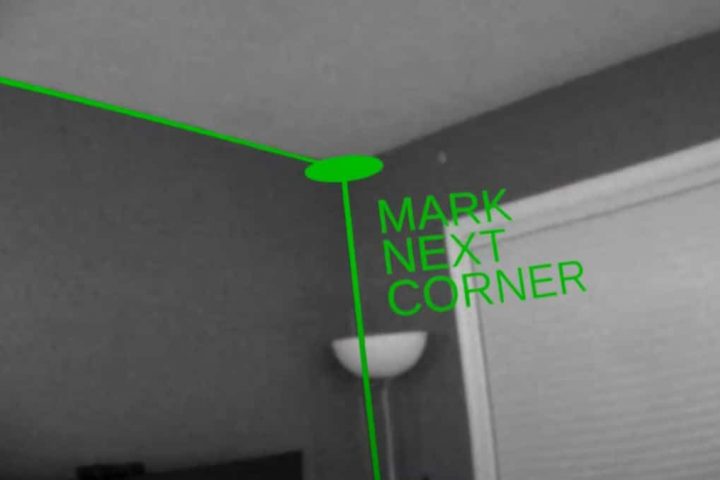
VB LIVE:
VR isn’t just a disrupter — it’s an earthquake reshaping the marketing landscape, with industry giants like Lexus, McDonald’s, Beefeater, and Chik-fil-A bringing virtual reality marketing to the mainstream. Join today’s VR innovators in this VB Live event and learn how to take emotion-driven marketing to the next level.
“This last week Google announced that they’re going to support virtual reality on the web—allow any user to view VR content on any device, across platforms,” says Cathy Hackl, chief communications officer at virtual reality boutique studio, Future Lighthouse. “This just blew my mind.”
Virtual reality, Hackl argues, isn’t a neat new technological wonder — it’s literally already changing the way content will be created and consumed, and literally creating captive audiences, too.
“The total number of active VR users is forecasted to reach 171 million by 2018 — that’s 171 million potential consumers of your brand,” Hackl says. “It’s also been proven that when someone’s in a virtual reality experience, they engage with your brand an estimated ten to thirteen minutes. Even if it’s a smaller number of people, they’re actually sitting down and having the virtual reality experience and engaging with your brand for that amount of time, and that is very valuable.”
But, she warns, as interest grows, headsets proliferate, and content becomes more ubiquitous, the novelty is becoming less compelling, particularly if what’s presented as VR doesn’t live up to its potential.
“The problem here is that a lot of brands have gone into VR to show people a 360-degree experience or something that might not be purely immersive content,” Heckl says. “And that’s where the biggest failures are. That’s when the novelty of putting on a headset and experiencing something that is branded can wear off quickly.”
Marketers need to understand how to create truly narrative, high-quality content, because consumers aren’t stupid — and they adapt quickly.
“As more and more people experience virtual reality — and this is very important — their palate for immersive content is going to get better and better,” she explains. “So that’s where brands need to understand that if they start to bring virtual reality into their marketing mix they need to be committed to creating content that matters.”
For marketers, she says, as we move forward in this shift in content, having some of those technical skills or a technical understanding of what virtual reality and augmented reality are is going to be is very important. If you don’t understand the capabilities, you don’t understand the potential.
“Because what I’ve been seeing in virtual reality and augmented reality, I’ve actually learned to code and I’m getting certified in Unity, one of the game engines used to create virtual reality and augmented reality,” she says. “I am totally shifting the way I work and the way I create content because I understand and I see what is coming.”
But you don’t have to run out and get a STEM education immediately, she adds.
“Put on a headset,” she says. “Even if it’s your phone. Put on a headset and start spending some time in there. One of the biggest pieces of advice I can give a marketer or someone in advertising that’s interested in this is spend time in a headset and learn, train your VR content palate to see what’s a good content experience.”
For more on why VR is important for marketing, how to get VR marketing right, and where you need to start, don’t miss out on this VB Live event!
Don’t miss out!
In this VB Live event, you’ll:
- Discover why VR marketing will be important in 2017
- Find out what will work in VR marketing, and what won’t
- Understand the VR marketing landscape
- Learn how to get started, and how you can leverage the opportunity
Speakers:
- Stewart Rogers, Director of Marketing Technology, VentureBeat
- Dean Johnson, Head of Innovation; Brandwidth
- Cathy Hackl, Chief Communications Officer, Future Lighthouse
Moderator:
- Wendy Schuchart, Analyst, VentureBeat




